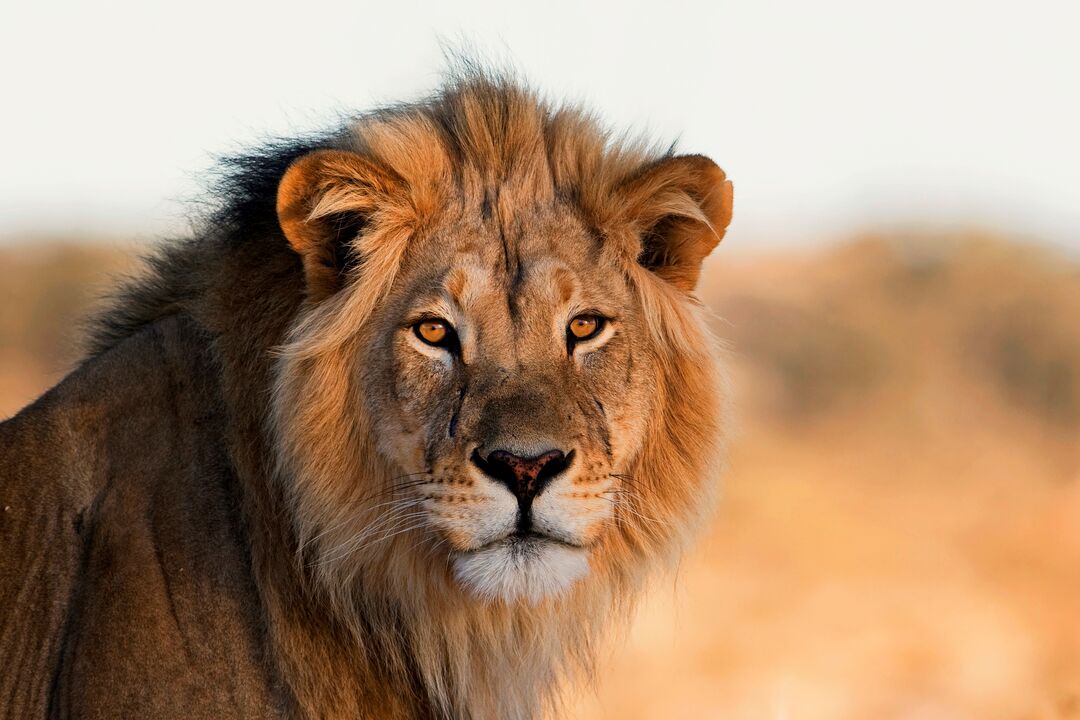
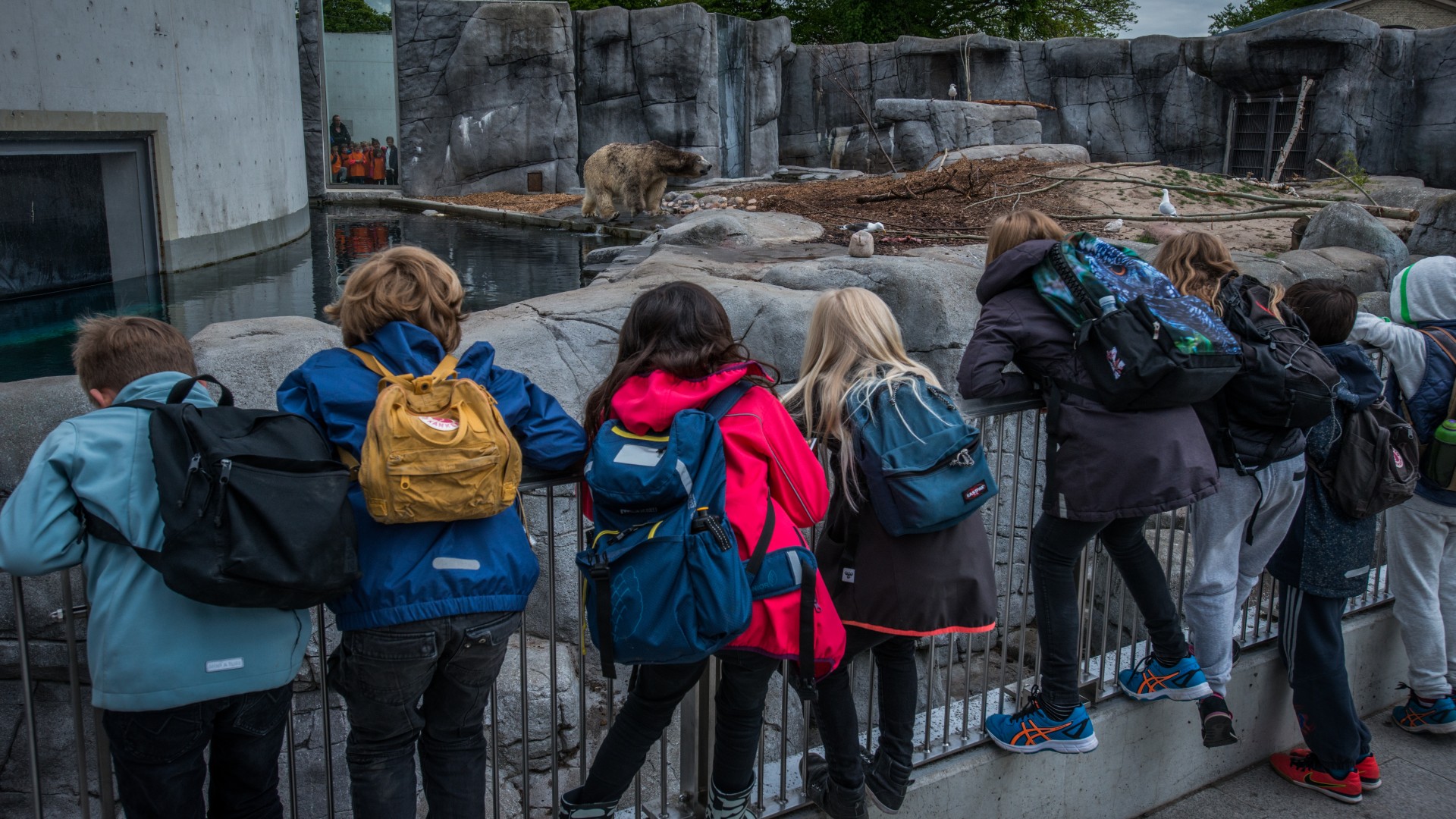
Visiting Zoos: Information for Teachers
ARE YOU A TEACHER LOOKING FOR ALTERNATIVE WAYS TO EDUCATE YOUR STUDENTS ABOUT WILD ANIMALS?
At Born Free we understand that teachers want to provide inspirational and varied opportunities and experiences for their students.
Whilst zoos, aquariums and safari parks can seem like the perfect venues to teach students about conservation and the natural world, they can often provide one-sided arguments about their role in conserving endangered species and the welfare of the animals in their care.
If you are planning a trip with your students to somewhere that keeps wild animals in captivity, we have created resources that can be used alongside this visit to provide students with a balance of information, enabling them to decide for themselves whether these facilities still have a place in the modern world.
TEACHING RESOURCES
Download our FREE teaching resources to help create exciting and informative lessons.
All suitable for Key Stage 2 students.
All suitable for Key Stage 2 students.

Through interactive games and tasks, students will learn about and embody animals living in the wild or in captivity, in order to understand their feelings, needs and to develop empathy towards them. It can be used as a standalone lesson or as a springboard to wider debates around zoos and captivity.
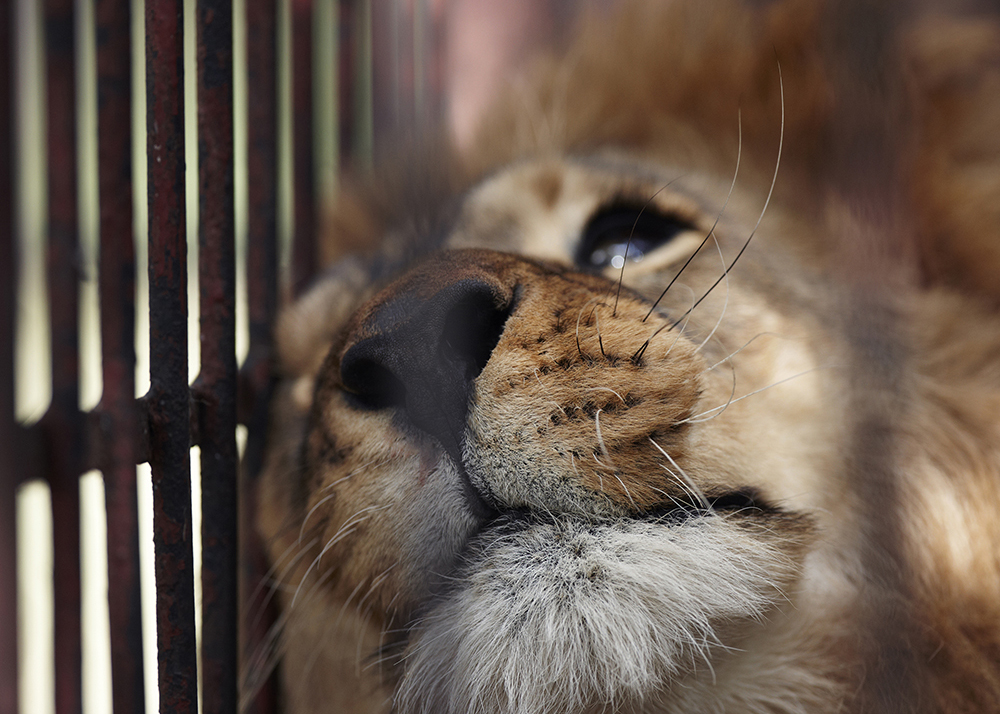
SHOULD WE KEEP WILD ANIMALS IN CAPTIVITY?
Designed to accompany a zoo visit, this resource pack provides students and teachers with the information they need to understand the issues of keeping wild animals in captivity. Pupils can then evaluate their own relationship with zoos and think critically as to whether wild animals should be kept in captivity.
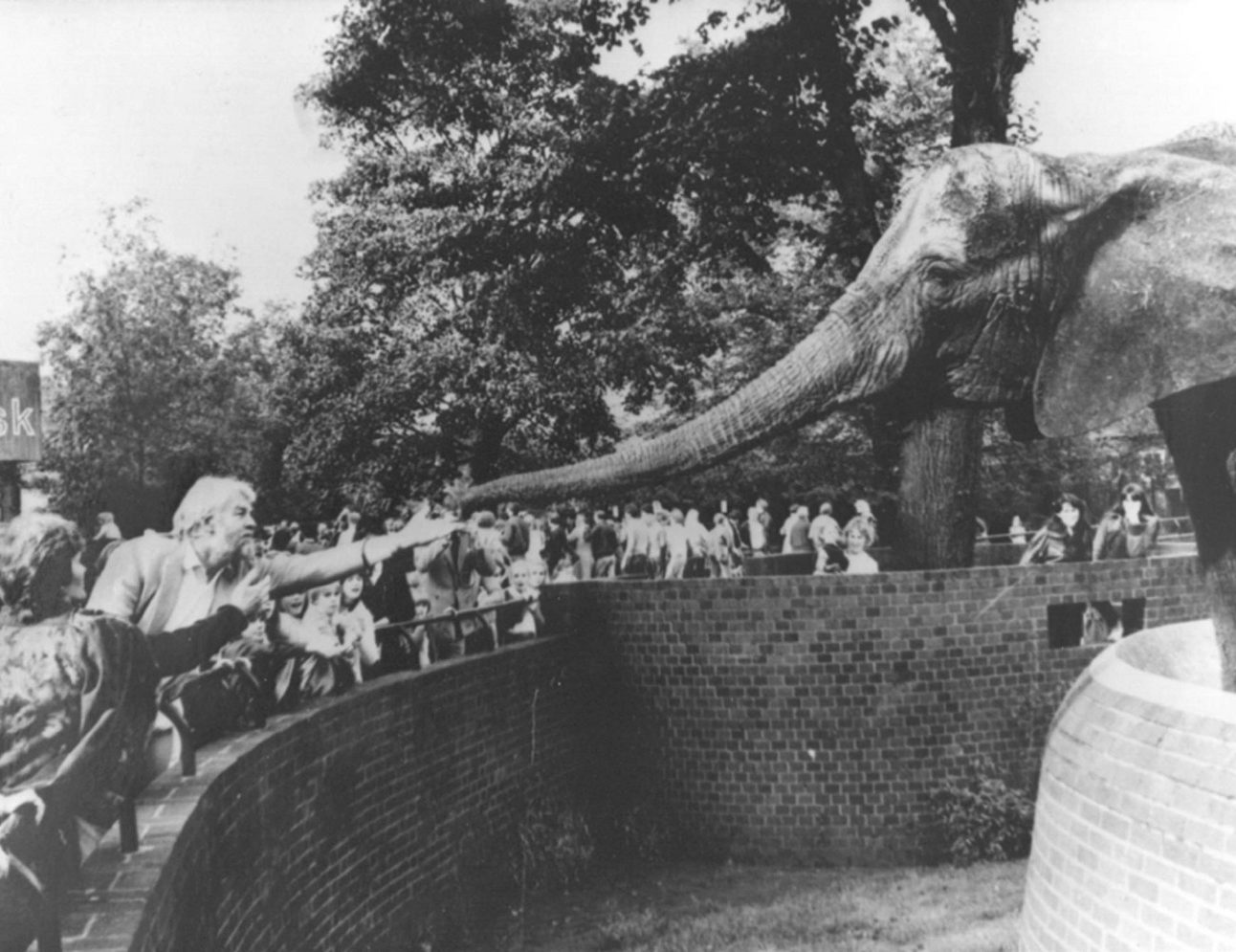
SHOULD ANIMALS HAVE THE SAME RIGHTS AS HUMANS?
This workshop uses the true story of Pole Pole the elephant to encourage pupils to consider if our actions might change if animals were given the same rights as humans. Pupils work in small groups to represent the three main stakeholders involved in bringing Pole Pole from Kenya to the UK in November 1968.
FURTHER INFORMATION
A few key points on the issues surrounding zoo visits and mobile zoos.
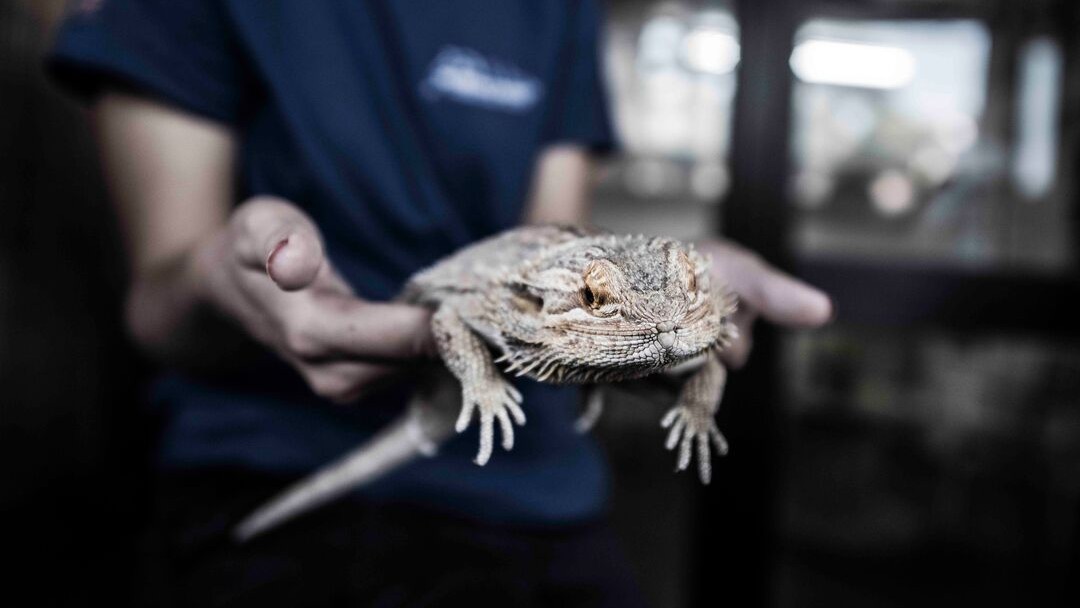
- Mobile zoos expose wild animals to environments and situations that are completely inappropriate for their welfare.
- Legislation is either out of date or unfit for purpose, with operators not even undergoing an annual inspection.
- Many animals used in mobile zoos pose a risk to human health and safety, particularly when touched or handled; reptiles can host infectious diseases (such as salmonella sp.) and some mammals and birds can inflict nasty bites and scratches.
- However ‘happy’ the animals may appear, they are often subjected to a life of noisy gatherings, hours of stressful handling, inappropriate environmental conditions, repeated transport and tiny cages when not on display.
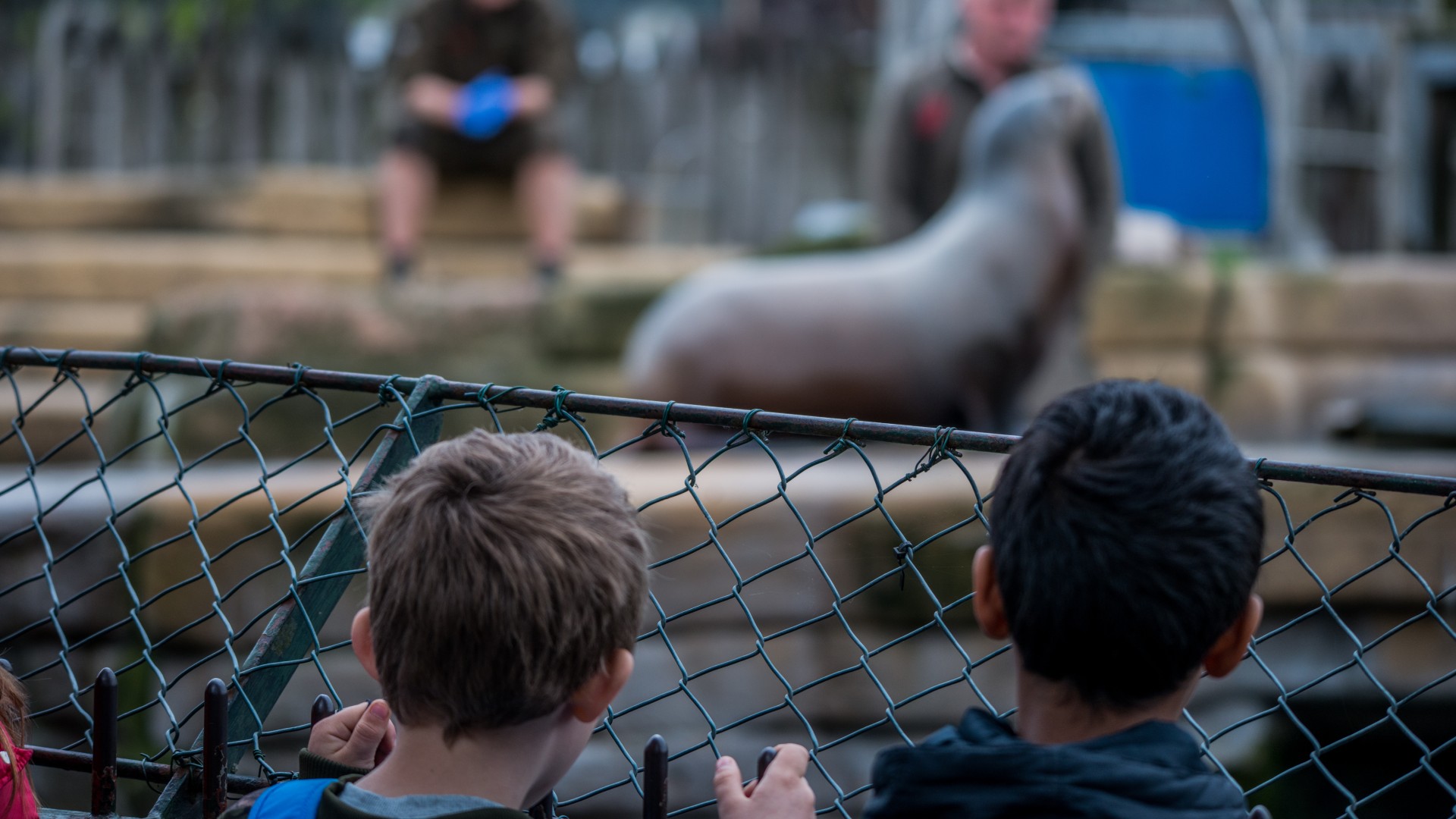
- Even the ‘best’ zoo can never recreate the complex environment that most species encounter in the wild.
- Animals often develop stereotypic behaviours; repetitive, functionless behaviour that develops in some animals in captivity as a result of impoverished or frustrating environments (such as swaying, pacing and overgrooming).
- Incidents in UK zoos, such as the exposure of conditions at South Lakes Safari Zoo and the frequent escape of many animals from zoos, , highlight the urgent need for improved standards and a more rigorous inspection process to ensure that basic animal welfare and safety standards are in place.
- Although safari parks and aquariums may appear to offer a modicum more space and seemingly give captive animals a more ‘natural’ environment, behind the expensive, drive-through enclosures and walk through exhibits, lies a more mundane and worrying reality: animals may be locked in tiny night quarters for the majority of each 24 hour period; the environmental conditions are not suitable for many of the animals housed; while the space may appear large it is likely still only a fraction of their natural range – both share many problems inherent with keeping and breeding animals in captivity.
- In The Zoo Licensing Act, “zoo” means an establishment where wild animals are kept for exhibition to the public and is open to the public on seven or more days a year: therefore, this includes most UK bird of prey centres, safari parks, aquariums, some farm parks and some facilities which call themselves “sanctuaries”.
- The European Association of Zoos and Aquaria (EAZA) recognises zoothanasia as a population management tool, with an estimated 3,000 to 5,000 healthy animals being destroyed each year in zoos across Europe.
